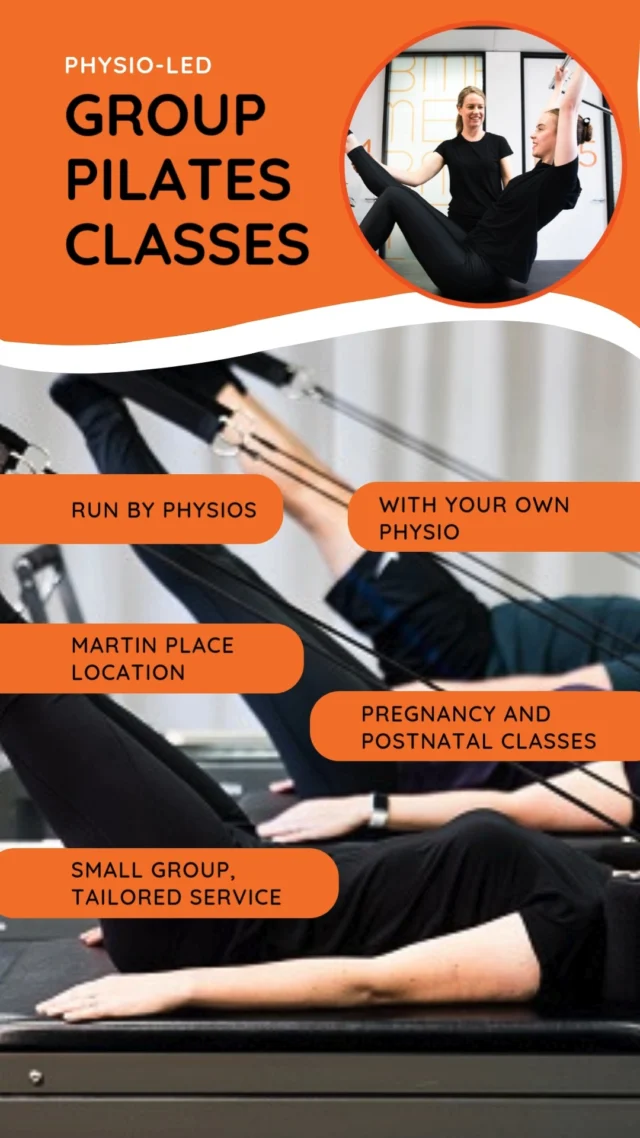Plantar heel pain (PHP) is a clinical diagnosis characterised by pain and/or tenderness on the under-surface of the heel, specifically the medial (inner) portion. You may be familiar with the term plantar fasciitis, this is the same condition as PHP, just an outdated term. We have moved away from the ‘itis’ part of the condition as it refers to inflammation, something we now know isn’t present in all PHP presentations.
Pain tends to be worse after periods of inactivity and during or after weight bearing activities like running. Prevalence estimates of PHP range from 4-7% in the general population and 8-22% in athletic populations. PHP also accounts for approximately 8-10% of all running related injuries. Patients often report a decrease in their quality of life as daily activities, sport and exercise can become increasingly difficult. Findings vary on the prognosis though some studies refer to the symptoms resolving after 12 months in 80% of patients, whereas other research has suggested that more than 40% of patients still show symptoms 2 years after their initial diagnosis.
The most commonly prescribed treatments for PHP include footwear modification, sports taping, stretching and strengthening exercises, anti-inflammatory medication, cortisone injections and extracorporeal shockwave therapy (see our previous blog on plantar heel pain to find out more on the condition and treatment here).
Before we get into the research lets first define what a foot orthosis or orthotic actually is. According to the Australian Orthotic Prosthetic Association (AOPA) an orthosis (pleural orthoses) is an externally applied device that is used to correct body alignment or deformity, minimise discomfort or pain, distribute pressure or assist in rehabilitation. A foot ‘orthotic’ refers to the same device the only difference being one of semantics.
A 2017 systematic review and meta analysis by Rasenberg et al. looked into the effectiveness of different foot orthoses on pain, function and self reported recovery in patients with PHP compared to other conservative approaches. They found there was no difference in improvement of pain and function between prefabricated, custom made and sham orthoses in the treatment of patients with PHP, and concluded foot orthoses were not superior for improving pain and function compared with sham orthoses, or other conservative treatments in patients with PHP. Another 2017 systematic review and meta analysis by Whittaker et al. also sought to investigate the effectiveness of foot orthoses for pain and function in adults with PHP. Researchers found there was moderate evidence that foot orthoses are effective at reducing pain in the medium term (7-12 weeks), however they were uncertain if this was a clinically significant effect.
So what does all this mean? Should you use a foot orthosis if you suffer from PHP? Like a lot of treatments it may work well for some patients and not for others. A good take away here would be if you have seen a Physio or a podiatrist and they have suggested an orthosis might help with your PHP then at least a trial of a (much cheaper) prefabricated orthosis might be better as a first option before jumping straight into a custom made version and its associated price tag.
If you think you may be suffering from PHP, come see one of our highly trained Physios at Bend + Mend in Sydney’s CBD to get the appropriate diagnosis and treatment to get yourself up and moving pain free again.
References:
Whittaker GA, Munteanu SE, Menz HB, et al. Foot orthoses for plantar heel pain: a systematic review and meta-analysis. British Journal of Sports Medicine 2018;52:322-328.
Rasenberg N, Riel H, Rathleff MS, et al. Efficacy of foot orthoses for the treatment of plantar heel pain: a systematic review and meta-analysis. British Journal of Sports Medicine 2018;52:1040-1046.





